When a baby reaches the age of 6 months, one of the most anticipated milestones is introducing solid foods, also known as complementary feeding. In Indonesia, this is commonly referred to as MPASI (Makanan Pendamping ASI) or complementary feeding. But lately, a newer method has been gaining traction and stirring debates in parenting groups called BLW (Baby Led Weaning).
While both approaches aim to help babies transition from breastmilk to solid food, they take very different routes. So, what’s the difference between MPASI and BLW? And which one is better? Let’s dive into it.
What Is Traditional MPASI?
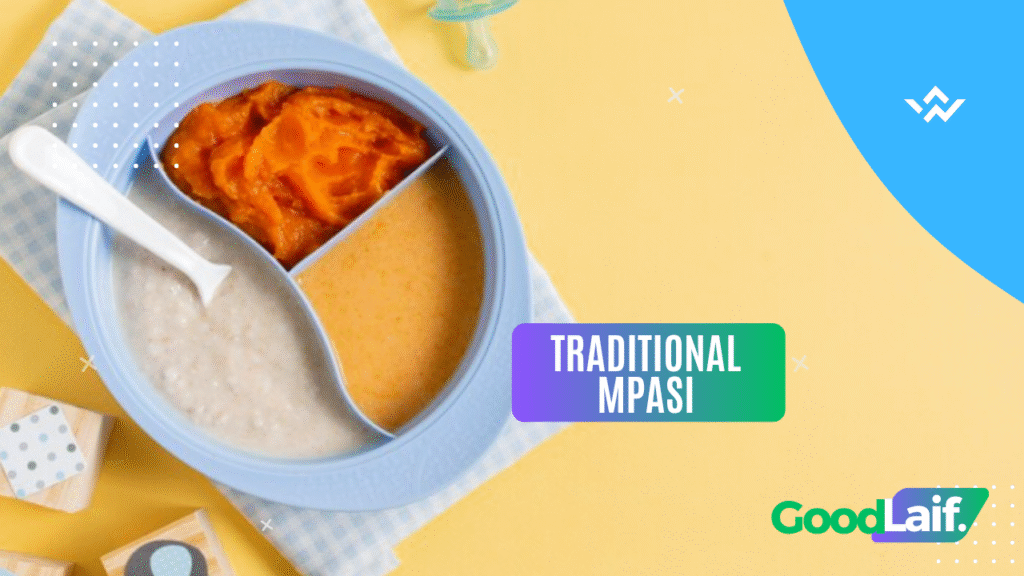
MPASI (Complementary Feeding) is the traditional method of feeding babies solid food by spoon feeding them pureed or mashed meals. It’s the most common and widely practiced method in many parts of the world.
Characteristics of Traditional MPASI:
- The baby is fed by a caregiver.
- Foods are pureed or mashed to suit the baby’s age.
- Texture is increased gradually: puree → mashed → soft solids.
- Focuses on ensuring adequate nutrient intake.
Pros:
- Parents have control over portion size and nutrients.
- Lower risk of choking.
- Suitable for babies who aren’t developmentally ready to self-feed.
Cons:
- Babies can become passive eaters.
- May lead to picky eating due to lack of food exploration.
What Is BLW (Baby-Led Weaning)?
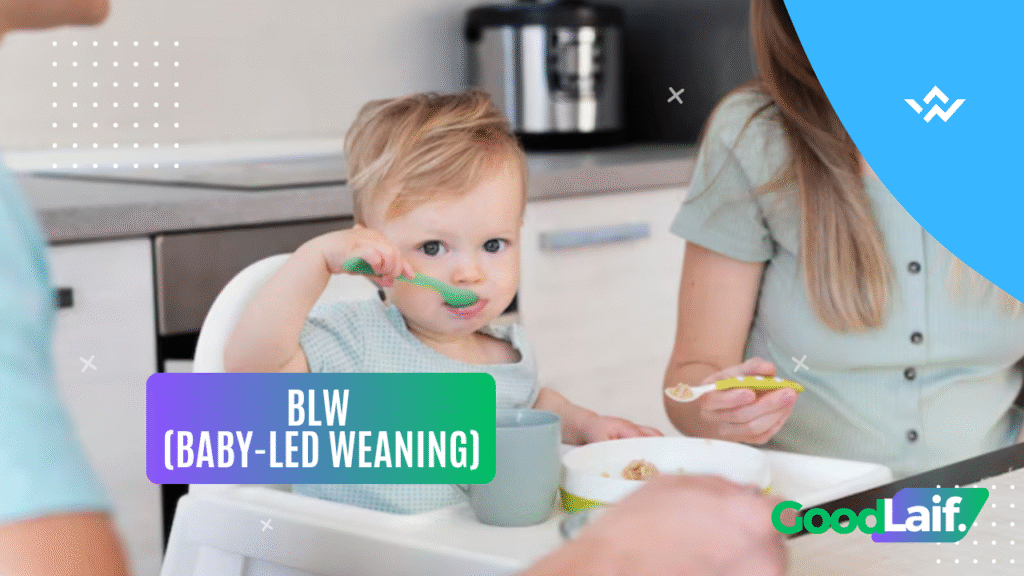
BLW is a self-feeding approach where babies feed themselves from the very start of complementary feeding. Instead of being spoon-fed, babies are given soft finger foods that they can grab and eat on their own.
Characteristics of BLW:
- The baby feeds themselves.
- Food is offered in soft, manageable pieces.
- Encourages independence and sensory exploration.
- Baby decides how much to eat and when to stop.
Pros:
- Promotes fine motor skills and hand-eye coordination.
- Helps babies develop healthy eating habits and appetite control.
- Encourages food exploration and curiosity.
Cons:
- Choking risks if not done carefully or without supervision.
- Harder for parents to track how much the baby eats.
- Not all babies are developmentally ready to self-feed at 6 months.
MPASI vs BLW: Which One Is Better?
In reality, there’s no one size fits all answer. The best method depends on your baby’s readiness, your comfort level, and your family’s routine.
Many parents opt for a combination of both methods:
- Starting with traditional MPASI to introduce nutrition,
- Then slowly incorporating BLW to foster independence,
- Or alternating between spoon feeding and self-feeding based on the baby’s mood.
Tips for Choosing the Right Feeding Method
- Watch for developmental signs: Can your baby sit upright and show interest in food?
- Don’t rush: You don’t have to pick one method forever. Flexibility helps.
- Observe your baby’s responses: Some prefer feeding themselves, others feel safer being fed.
- Consult a pediatrician or nutritionist for guidance on safety and balanced nutrition.
- Ignore outside pressure what works for one family may not work for yours.
Final Thoughts
The MPASI vs BLW debate may be loud in online mom groups, but at the end of the day, every baby is different. What matters most is that your child is nourished, happy, and supported during this exciting journey with food. It’s not about who uses the “trendiest” method it’s about finding what works best for your baby and your family.
READ ALSO ARTICLE: Beach Tips And Tricks, Don’t Forget to Prepare for Your Baby

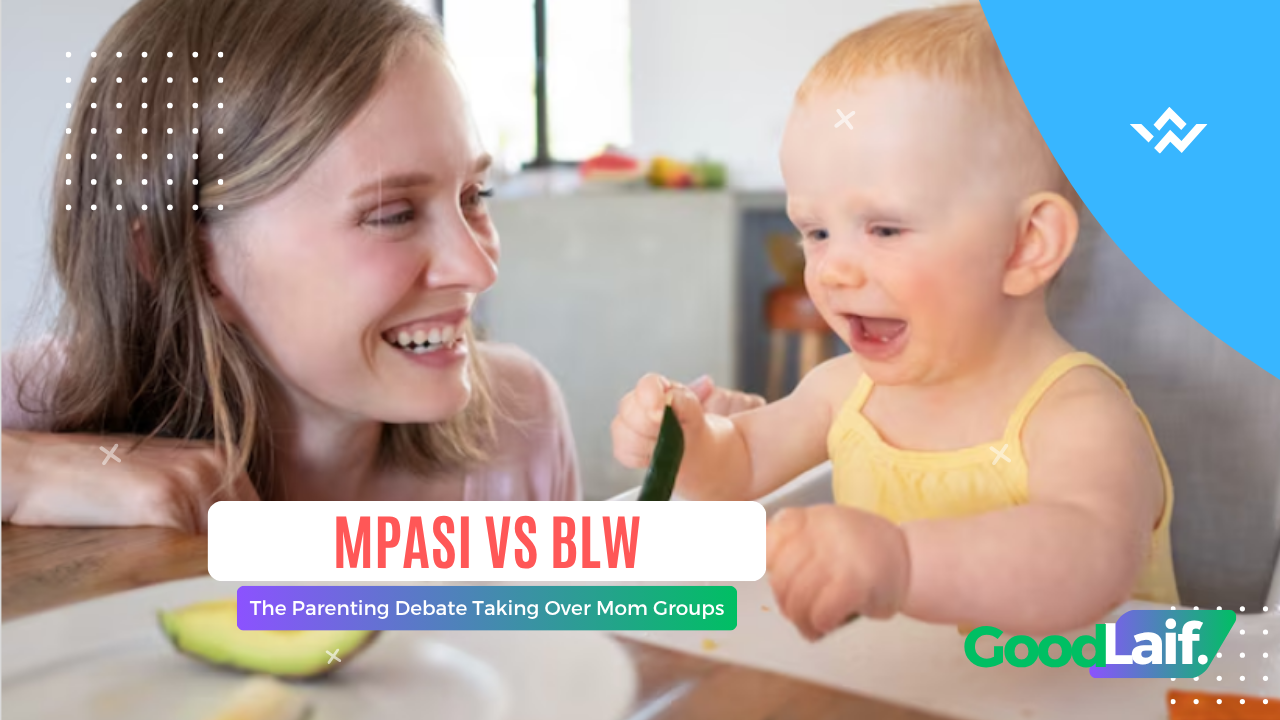
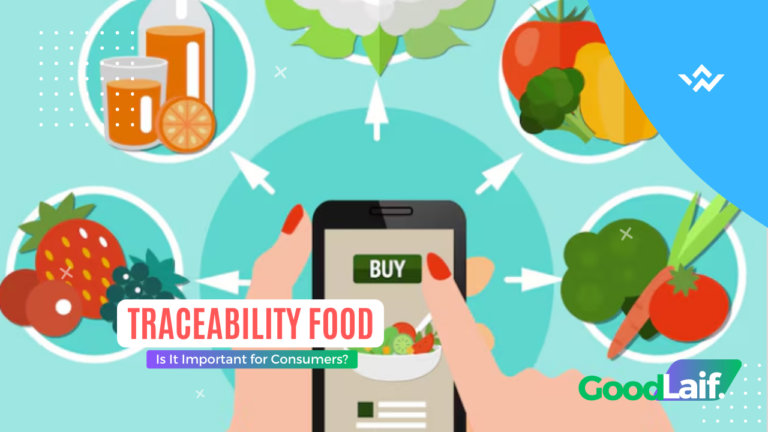

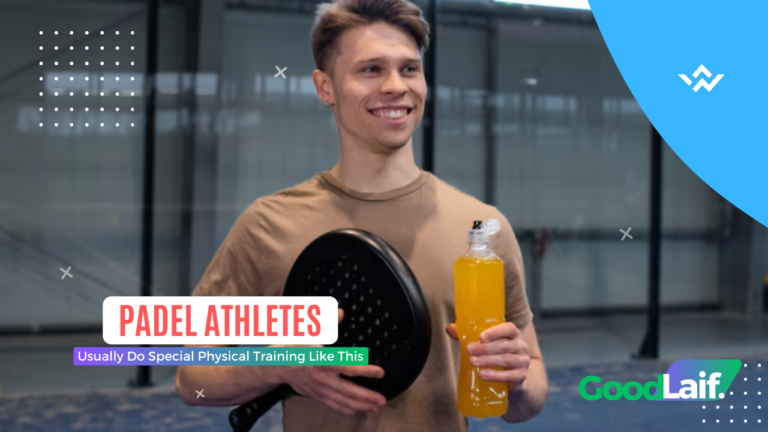
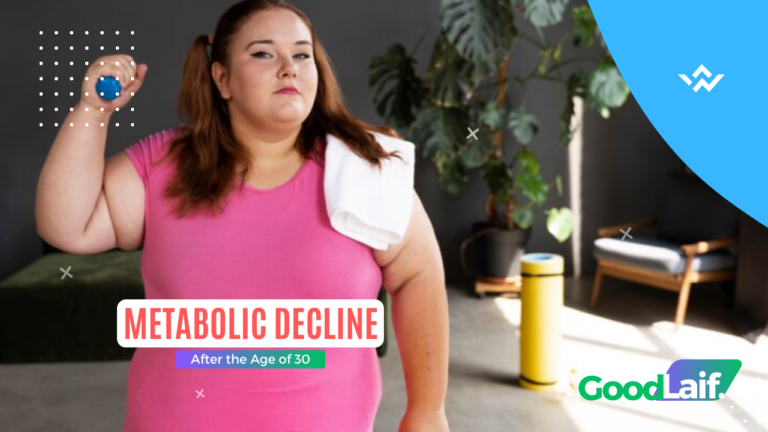



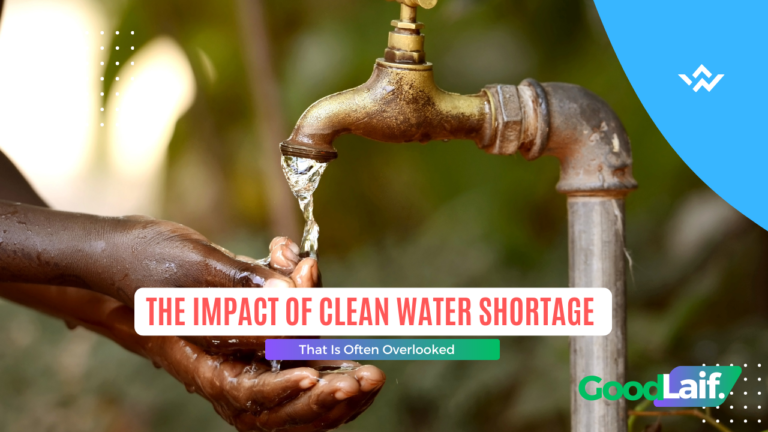



+ There are no comments
Add yours